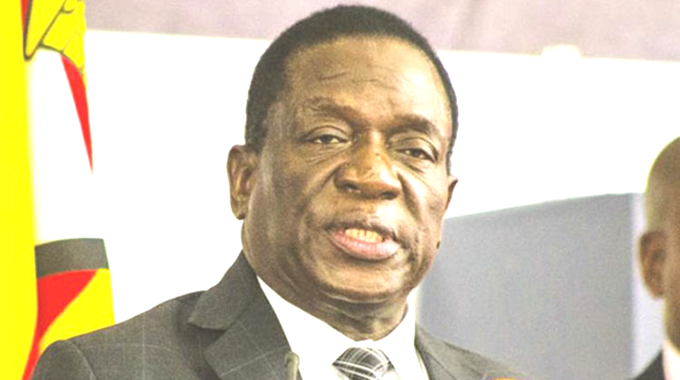Rural areas growth plan is launched
The Herald, May 23 1981
THE Government has taken the first step towards establishing seven growth-points in Mashonaland Central designed to change the face of rural areas there.
And when all the infrastructure has been laid on, rural areas will compete with cities and towns – with all the essential services provided, from electricity and tap water in the houses to water-borne sewage, post offices, hospitals and depots for essential commodities.
The Minister of Local Government and Housing, Mr Eddison Zvobgo, and the Deputy Minister of Lands, Resettlement and Rural Development, Mr Moven Mahachi, outlined the ambitious Government programme at a rally at Nzvimbo in Chiweshe yesterday.
“In 15 years’ time, we want to have towns in the rural area so that people do not have to go to Salisbury and other towns to get commodities,” Mr Zvobgo told about 1 000 people.
Amid cheers from the crowd, the Minister disclosed that Chiweshe’s Nzvimbo complex, which was known as “Keep 13” during the war, had been selected as a pilot scheme.
The previous Government installed electricity at the former protected village. Although generators have been removed, poles and cables are intact.
The Government has provided piped water for the schools and shopping and administrative centres in the immediate vicinity.
For its success, Mr Zvobgo said, the whole scheme depended on voluntary effort from the peasants.
Central to the plans is to have volunteer groups of peasants resettled around the growth-point so that services are effectively concentrated.
Mr Mahachi said forms would be distributed by the Chiweshe District Council to people who wished to become pioneers in the scheme.
“The Government is not forcing anyone to move,” he said. “If your home falls within the growth-point area and you do not wish to move, then you stay as you are while you watch development taking place around you.”
Mr Zvobgo said if anyone did not want to be involved in the scheme, but liked the idea of electricity and tap water in his home, he could ask the Government to provide the services. But he would have to bear the costs.
One peasant asked if stands for houses would be the size of those in former townships and if he would have to pay rent.
“If your family sweated in the building of the house,” Mr Zvobgo said “that is your down-payment. You do not have to pay a minimal charge for water and electricity.”
The Government will provide the building materials, except for bricks which will be made by the peasants.
The new home owners would pay for the roofing materials in cash and kind over an agreed period, Mr Zvobgo said.
LESSONS FOR TODAY
Growth points were some of the first attempts by the First Republic to create a people’s economy.
Rural areas are very important spaces in most countries. In Zimbabwe the majority of the country’s population lives in rural areas while most of the food consumed in the country is produced there.
The development of rural areas is therefore key to aiding the development of the whole country. It also helps reduce issues such as rural to urban migration, which puts pressure on infrastructure in cities and towns.
The Second Republic is committed to transforming rural communities through its agencies like District Development Fund, which is changing its name to the Rural Infrastructure Development Agency (RIDA).









Comments